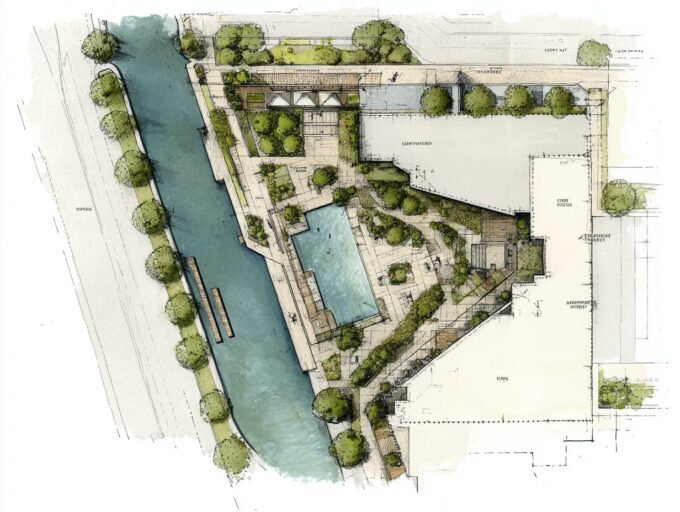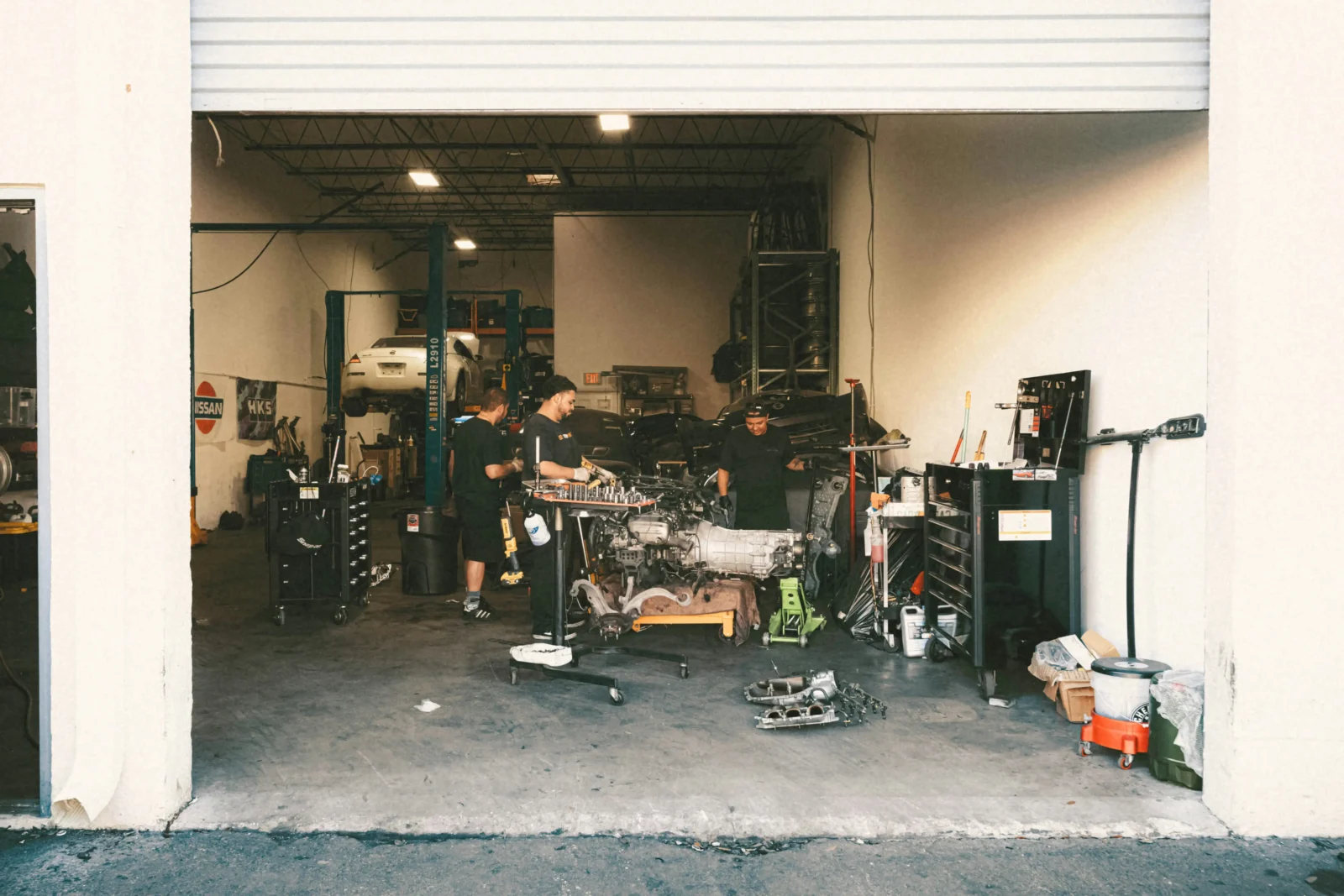- Home
- Articles
- Architectural Portfolio
- Architectral Presentation
- Inspirational Stories
- Architecture News
- Visualization
- BIM Industry
- Facade Design
- Parametric Design
- Career
- Landscape Architecture
- Construction
- Artificial Intelligence
- Sketching
- Design Softwares
- Diagrams
- Writing
- Architectural Tips
- Sustainability
- Courses
- Concept
- Technology
- History & Heritage
- Future of Architecture
- Guides & How-To
- Art & Culture
- Projects
- Interior Design
- Competitions
- Jobs
- Store
- Tools
- More
- Home
- Articles
- Architectural Portfolio
- Architectral Presentation
- Inspirational Stories
- Architecture News
- Visualization
- BIM Industry
- Facade Design
- Parametric Design
- Career
- Landscape Architecture
- Construction
- Artificial Intelligence
- Sketching
- Design Softwares
- Diagrams
- Writing
- Architectural Tips
- Sustainability
- Courses
- Concept
- Technology
- History & Heritage
- Future of Architecture
- Guides & How-To
- Art & Culture
- Projects
- Interior Design
- Competitions
- Jobs
- Store
- Tools
- More
How Field Assembly Techniques Cut Energy Costs in Major Infrastructure Projects

Buildings, both residential and commercial, account for 40 percent of total energy consumption in the United States. As energy demands rise and environmental pressures grow, field assembly techniques have emerged as effective solutions for reducing resource use in infrastructure projects.
This article explores how field assembly methods can significantly reduce energy consumption while maintaining structural reliability. Research shows that localized heating systems can lower heating energy use by an average of 52 percent and reduce heating costs by 46 percent compared to centralized systems.
Meanwhile, renewable energy is expected to account for 14 percent of district heating by 2025, creating new potential for sustainable construction strategies. Technologies like fourth-generation district heating (4GDH) improve efficiency and lower production costs, making energy retrofits more viable for existing buildings.
We will take a closer look at the distinctions between on-site and off-site construction, review widely used field assembly methods, and examine proven techniques that help cut energy use. Real-world examples from wind farms, pipelines, and bridge projects show how these practices deliver measurable results.
Table of Contents
ToggleDefining Field Assembly in Infrastructure Projects
Field assembly in infrastructure projects requires precise organization to connect building components into working units. The process has evolved from traditional on-site material processing to a system that relies more on assembling pre-made elements from off-site locations.
On-site vs Off-site Construction: Key Differences
Traditional construction happens entirely at the final location through on-site methods. Off-site construction takes a different approach. Teams design, make and pre-assemble components in controlled factory settings before moving them to the site. Here are the main differences:
- Construction Timeline: Projects move faster with off-site methods. Factory work happens at the same time as site preparation, which has boosted productivity five to tenfold.
- Quality Control: Factories provide better quality checks that result in more consistent and uniform products.
- Weather Resilience: Bad weather causes major delays in on-site construction. Factory work continues regardless of outside conditions.
- Flexibility: Changes come easier with on-site methods after construction starts. Off-site approaches need more planning upfront.
- Cost Structure: Off-site facilities cost more at first. The method saves money over time through better material use and fewer workers needed.
Common Field Assembly Methods in Civil and Energy Projects
Infrastructure development relies on several proven field assembly techniques:
Prefabrication has grown popular as teams build components in controlled environments before transport. This works great for critical parts like structural beams, walls, and mechanical systems.

Modular construction takes prefabrication further by making whole building sections off-site. Teams transport and assemble these finished modules at the final location. This method works best for big projects like hospitals or schools.
Hybrid assembly combines prefabrication with traditional on-site work. This allows customization while keeping efficiency gains. The process includes site prep, foundation work, structural assembly, and integration of mechanical, electrical, and plumbing systems.
These methods bring many benefits but face challenges too. Teams must deal with size variations and geometric differences through careful planning and exact joint designs.
Field Assembly Techniques That Reduce Energy Consumption
Modern infrastructure projects now emphasize energy efficiency throughout their lifecycle. New field assembly techniques help reduce energy consumption during construction and throughout a structure’s operational life.
Pre-fabricated Module Integration at Site
Factory-built modules at construction sites help save energy. These units come fully equipped with energy-efficient systems that work right after installation—as with “a car rolls off the assembly line ready to drive.” The numbers tell an impressive story: modular construction cuts overall waste by up to 83.2% and brings down waste management costs by 47.9%.
Use of Lightweight, Low-embodied Energy Materials
Low-embodied energy materials play a crucial role in infrastructure sustainability. Lightweight construction, especially timber framing, uses less embodied energy than its heavyweight counterparts. Construction experts agree that choosing the right materials makes the biggest difference in reducing embedded energy. They’ve found that proper insulation with thermal mass helps offset energy needed for heating and cooling.
On-site Renewable Energy Use During Assembly
Construction teams can employ renewable energy systems—including solar, wind, geothermal, and biomass—to power their activities. The results speak for themselves: geothermal heat pumps use 45% less energy than standard ones and cut heating costs by 25-50% compared to conventional methods.
Optimized Crane and Equipment Scheduling
Smart scheduling of heavy equipment cuts energy use at construction sites. Tower crane optimization keeps energy costs low while preventing collisions in shared work areas. Studies show that smart crane scheduling improves energy usage and operational responsiveness, especially when algorithms determine the best sequence of lifting tasks.
Energy-Efficient Thermal Processing with Induction Heat Treating
Induction heat treating stands out as an advanced field assembly technique that saves energy. This method heats only the metal parts instead of the surrounding air, which cuts energy use by up to 50% compared to traditional heating. Automatic shut-off systems and power management features make this technology even more energy-efficient during component assembly.
Companies like TeamINC specialize in delivering these solutions for infrastructure and industrial applications—check this out to see how the process is applied in the field.
Energy Cost Drivers in Traditional Infrastructure Projects
Traditional infrastructure projects face huge costs from energy consumption throughout their lifecycle. Project managers just need to understand these cost drivers to find better field assembly approaches.
High Energy Use in Material Transport and Handling
Transportation activities use approximately 30% of total U.S. energy. Material transport creates significant expenses in infrastructure projects. Petroleum products make up about 89% of the transportation sector’s energy use. Material handling operations are among the most energy-intensive parts of construction projects.
Conveying systems, automated storage and retrieval systems, lifting operations, and palletizing processes just need substantial energy resources. These processes rely on diesel-powered equipment. Distillate fuels (primarily diesel) make up 23% of transportation energy consumption.
Energy Overheads in On-site Equipment Operation
On-site equipment creates major energy overheads that affect project costs. These include:
- Fuel consumption (estimated 15-20% higher than current rates to budget)
- Equipment mobilization and demobilization expenses
- Maintenance, repairs, and oil changes
- Equipment depreciation over time
Many contractors miss these costs during project planning and fail to scale operations effectively. Rising energy prices put pressure on the construction industry. This affects everything from fueling on-site equipment to producing essential materials.
Inefficiencies in Sequential Construction Scheduling
Sequential construction scheduling creates energy inefficiencies naturally. Research shows inefficient sequencing leads to longer idle times, higher fuel consumption, and increased emissions. Project time costs include direct construction expenses and indirect costs from delays such as:
- Extended equipment rental fees
- Higher site management charges
- Potential contract penalties
- Increased labor expenses
Better scheduling approaches can cut projected fuel consumption by over 14.2% and reduce CO2 emissions proportionally. Energy efficiency in construction scheduling becomes “not consumed energy” or the cheapest form of energy available on a construction site.
Case Studies: Energy Savings from Field Assembly
Field assembly techniques deliver measurable energy savings in a variety of infrastructure projects. These real-life examples show how theoretical concepts create practical benefits.
Wind Farm Installation Using Modular Tower Segments
Modular wind tower construction shows remarkable energy efficiency gains through smart field assembly. Modvion created laminated wood towers that workers can transport in sections and assemble on-site. This approach saves approximately 2,000 tons of CO2 emissions compared to a single 150-meter steel tower.
The modular design allows transportation on standard flat-bed trucks instead of specialized vehicles, which cuts fuel consumption significantly. These wooden structures weigh 30% less and cost 40% less to manufacture than equivalent tubular steel towers. The Swedish company’s 30-meter prototype tower achieved exceptional precision with a deviation of just 2-3 mm over its full length.
Pipeline Assembly in Remote Areas with Pre-welded Sections
Advanced field assembly approaches make pipeline projects in challenging locations more efficient. Remote Welding Pipeline Repair Systems represent this innovation with three key components: the Remote Welding Habitat, Power and Control Module, and Remote Welding Tool.
This technology lets workers perform welding operations almost 1,000 meters below sea level while maintaining quality and efficiency. The system reduces downtime from potential accidents by 6-9 months, which leads to significant energy and cost savings. Remote-controlled robotic operations handle pipeline widths over 30 inches effectively in challenging environments.
Bridge Construction with Precast Deck Panels
Precast deck panel systems have transformed bridge construction by speeding up project timelines and reducing energy use. At least 25 State DOTs have used partial-depth precast concrete deck panels that span between girders since the 1950s. Full-depth prefabricated panels work better than partial-depth alternatives.
Research shows they create decks that are 10% more slender and 20% lighter than conventional reinforced concrete decks. These prefabricated systems allow bridges to close at night and open during the day, which reduces traffic disruption and fuel consumption.
Conclusion
Field assembly techniques are reshaping how we approach energy use in major infrastructure projects. By shifting key construction processes into controlled environments and leveraging advanced technologies, these methods not only streamline project timelines but also deliver measurable reductions in energy consumption and cost.
As demonstrated through real-world applications in wind farms, pipelines, and bridge projects, field assembly methods are more than just a trend—they are a practical solution to the growing need for efficiency and environmental responsibility in the built environment. With continued innovation and strategic planning, the industry can meet infrastructure demands while reducing its impact on the planet.
Submit your architectural projects
Follow these steps for submission your project. Submission FormLatest Posts
Smart Steps for Repairing Your Garage
Keeping your garage safe and reliable is mostly about steady habits and...
Why Scale Matters in Architecture
Why Scale Matters in Architecture: see how human, building, and urban scales...
The Chain Reaction Triggered by Foundation Movement
Foundation movement is never an isolated event contained strictly to the concrete...
Why Smart Bin Rental Strategy Shapes Better Architecture Projects
Picture this: you’re standing before your dream architectural project, blueprints approved, permits...












Leave a comment